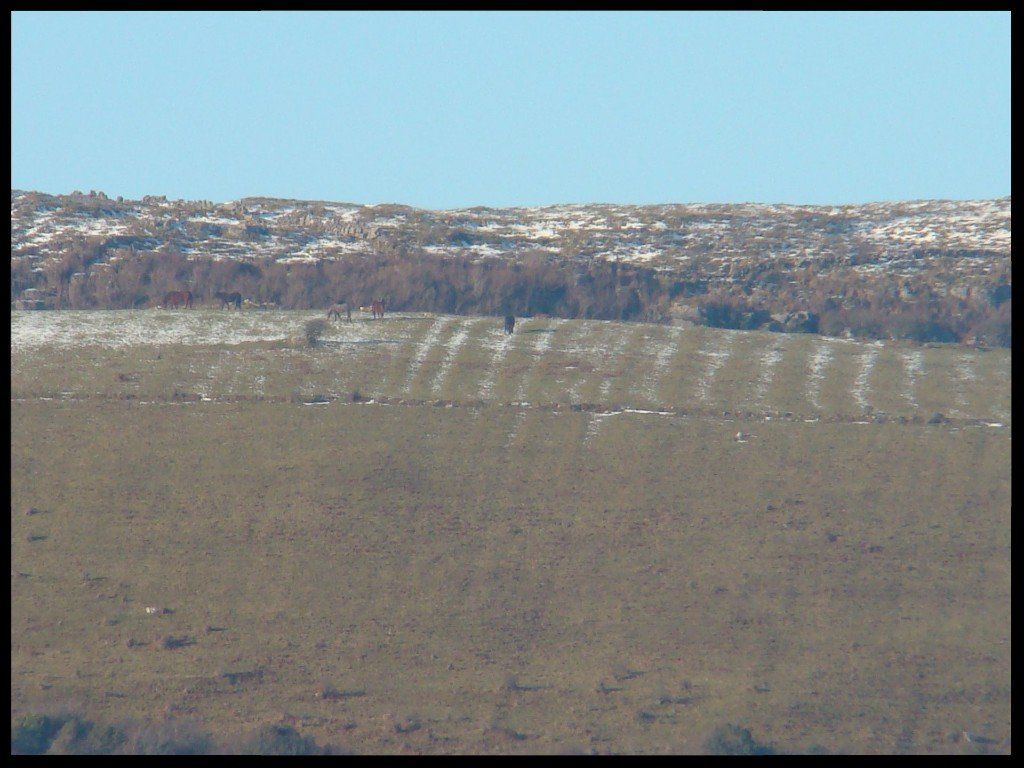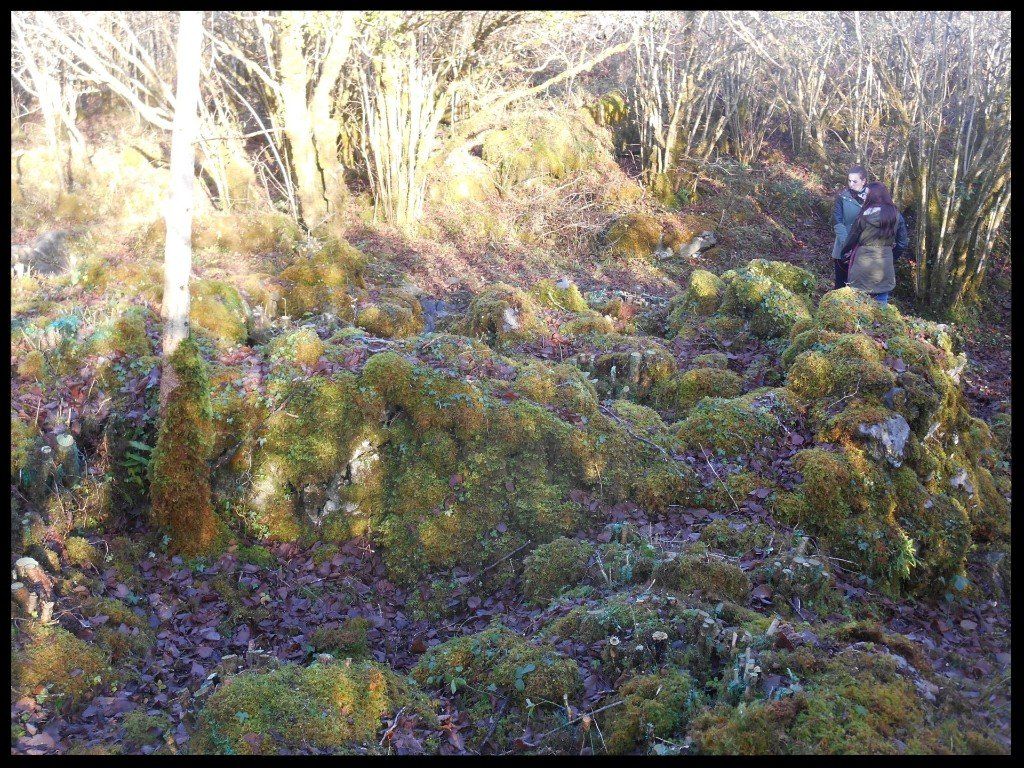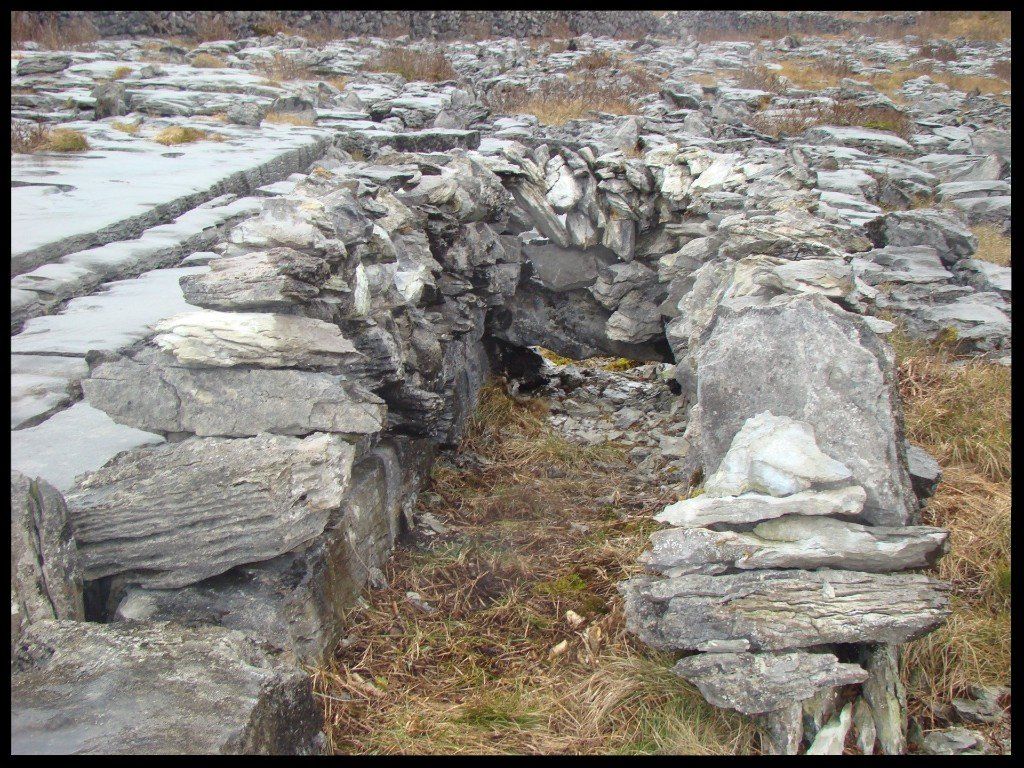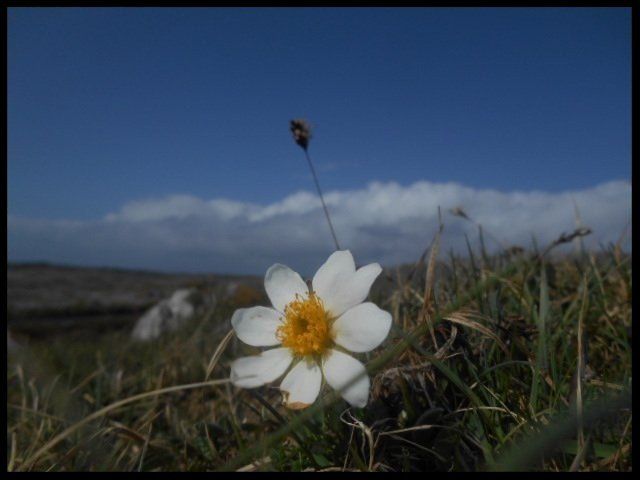The Great Hunger in the Landscape

INTRODUCTION
2018 saw the release of the first ever big screen film about
the 19th century potato famine in Ireland.
Black '47
held its
world premiere in March at the Berlin Film Festival, before being released
in September in Ireland by Element Pictures. The film has received positive
reviews from critics and has been a big box-office success in Ireland. Black ’47
was filmed in Kildare, Wicklow
and Connemara.
“An
Gorta Mór” or the Great Hunger of 1845-49 is probably the most catastrophic
episode in the 12,500 year old story of mankind in Ireland. It is
commonly referred to as “the Famine” even though Ireland had been serially
struck by famines in the 17th and 18th centuries.
The famine of 1739-41, claimed the lives of 400,000 people out of a population
of 2 million.
By
the 1840s, 3 million rural poor in Ireland were dependent on a monoculture diet
of potatoes. The island’s population then was just over 8 million. Meat and
cereal were produced in abundance but were mostly exported to Great Britain. In
1845 the potato was attacked by a fungus and the crop failed for six pestilential
years. The authorities could have slowed down the export of food to alleviate
the crisis. Instead they opted to continue the exportation. In a three month
period at the end of 1845, 160,000 cattle, sheep and pigs were exported along
with significant amounts of wheat, barley and oats. The result was catastrophic
– 1 million died as a result of the famine and a further 2 million emigrated in
the two decades after the disaster.
The Great Famine was the biggest humanitarian crisis of 19th century
European history. The eminent historian Joe Lee has described the famine as
“the greatest single peacetime tragedy since the [14th century]
Black Death”. Historical geographer Kevin Whelan has highlighted the
geo-political context of the tragedy i.e. it occurred in the richest, most
powerful country in the world then, the United Kingdom of Great Britain and
Ireland.
The cause of the famine is much disputed in Ireland today with some arguing that it was a natural disaster exacerbated by a monoculture diet. Others vigorously challenge the orthodoxy of this view and apportion blame to the administration with its shameless policy of profit before people. Moreover, the latter group points out that the government of the U.K. and Ireland interpreted the Famine as an act of God and saw no connection between its laissez-faire economic model and the unfolding crisis.

THE BURREN and THE
FAMINE
County Clare was one of the counties most affected by the Famine. According to
the census of 1841 the population of the county stood at 260,000 people. The
2011 census records just over 117,000 residents in Clare. There was severe
population collapse in the county during the Famine and in the decades
thereafter.
The Burren region in North Clare witnessed huge suffering as the vast
majority of its population was rural poor. The same 1841 census recorded that
85% of the houses in the Burren were fourth-class defined as “all mud cabins
having only one room”.
The Burren population was mostly concentrated in the valleys where up to
400 people per square mile lived. Only one person per square mile lived in the
rocky uplands. Ironically pre-famine dwellings survive in greater numbers in
the hills today as they tended to be built of the more durable material of
stone.
Other physical evidence of the tragedy is the abandoned potato
cultivation ridges known also as “lazy beds”. Potatoes were cultivated by
laying them on the surface (bed) and covering them with earth from a trench on
either side of the bed. The trenches served as excellent drainage.
A number of Famine relief roads also survive in the Burren in the townlands of
Poulaphuca, Glencolmcille and Cooloorta. A public works scheme was
launched across Ireland in March 1846. Starving people worked on public
projects such as roadbuilding. Their wages would then allow them to buy
food. The scheme was a failure for a myriad of reasons. The relief roads in
the region are monuments to the administration’s abject response
to the crisis.
The poor in the Burren had a double blow in the 19th century
as they experienced a “fuel famine" as well. The limestone region was
largely devoid of turf whilst any wood available would have
been mercilessly exploited. Desperate peasants resorted to drying cow pats
and even woody stems of plants in order to survive. Fuel was needed
for cooking so it was very much a survival resource.
In fact the home fire in the primitive dwelling of the 19th century
rural poor would have served four functions – cooking, light, heat and most intriguingly
of all the hearth was a part of the spiritual identity of the people. They
believed that, on falling asleep, the spirits of the ancestors and even fairies
would congregate around the fire to chat. The religion of the pre-famine rural
poor was a fascinating cocktail of pagan custom allied with only a casual adherence
to Catholicism.
Thuiles
were used to dry cow pats in the Burren hills. They are
ingenious dry-stone constructions within which the pats were placed. The
thuiles would permit the drying effects of the wind whilst excluding most of
the rain. Many examples of this vernacular monument can still be found in the
Burren uplands.
The “lazy beds”, pre-famine dwellings, relief roads and thuiles
make the Burren a fascinating Famine landscape. They serve
as potent reminders of our greatest social calamity.

FOOD POVERTY IRELAND TODAY
Food poverty is defined as the inability to have an adequate and nutritious diet due to issues of affordability or accessibility. 11.5% of the population of the Republic of Ireland was affected by food poverty in 2015 according a report by the Department of Social Protection. The Republic was the 14th richest country in the world in the same year according to a study by Global Finance Magazine, with our GDP per capita of $48,786 (about €42,820). We are slow learners of the lessons from the Great Hunger.

FOOTNOTE
One of Ireland’s foremost living poets is Eavan Boland. The publication Poetry Review has described her as "one of the finest and boldest poets of the last half century.’ Her poem That The Science of Cartography Is Limited is a visceral, lyrical condemnation of the policy of putting starving people to work on building roads during the Famine. She says “the poem That the Science of Cartography is Limited begins where maps fail”.
BIBLIOGRAPHY
Crowley, Smyth and Murphy (2012). Atlas of the Great Irish Famine. Cork University Press.Curtis, L . (1994). The Cause of Ireland . Beyond the Pale Publications.
Mc Mahon, A. (2010). The Rural Poor in Clare before the Great Famine from The Other Clare.



